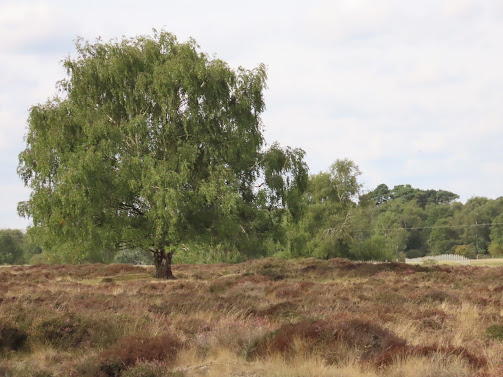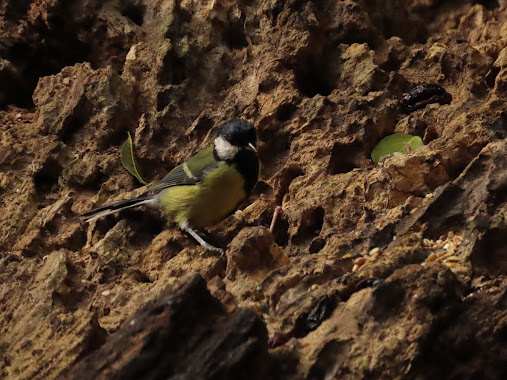Although the best reserves in Suffolk are found mainly on the coast, there are a few good birding places further west, inland. Cavenham Heath and Lackford Lakes lie on the edge of the Brecks, an area of multiple habitats that was originally heathland. The area is a good place see those scarce birds of heathlands, the best place in the country for finding stone curlews.
Cavenham Heath
Cavenham Heath is one of the few remnants of Brecks heath existing, an area of acid grassland with scattered growths of heather. Managed by Natural England (the government conservation body), the place is off the beaten track, a little area of wilderness in the Suffolk countryside, found at the end of a series of quiet roads.
The heath is famous for STONE CURLEWS, both as a breeding site and as a place where they congregate before departing for migration. It was for the latter reason, the birds depart in October, that I decided to have a visit. Looking for stone curlews is tough, they hate people and keep well away. They are also very well camouflaged and can disappear into any tussock of grass, the birds tend to run along the ground rather than fly. Cavenham is vast, and finding any stone curlews is hard. Walking along the road which cuts through the centre, I scanned the sheep grazed grass for a WAILING HEATH CHICKEN, and I was eventually successful. Down by the very edge of the reserve, by the river Lark, I had a brief view of one, before it disappeared. The birds are a tan colour with a big yellow eye and a straight, yellow beak, distinctive looking without being particularly attractive. It appeared briefly before disappearing into the tussocky grass of the heath.
Near to the stone curlew, a GREY PARTRIDGE, stretched its neck above the grasslands to watch me. Formerly a very common bird of the countryside, they are now rare and hard to find, mainly due to habitat loss. Being a heath, STONECHATS were common, with plenty of birds perched on a fence or gorse. A GREY WAGTAIL was down by the river. A BROWN HARE was also about, grazing among the smaller rabbits. However, being a heath in September, in general it was fairly quiet.
Lackford Lakes
It was a quiet day down at Lackford, as it usually is at this time of year. The lakes were quiet, some wildfowl about, but no big counts. Despite there being plenty of habitat the reserve is poor for waders, and despite there being plenty of mud, nothing of this type of bird was seen. With the recent drought, parts of the Slough had dried up, but as a whole most of the lakes held water.
As usual at Lackford, there were plenty of DUCKS about. Most common were TUFTED DUCK with close to a hundred present. There were also plenty of GADWALL and TEAL about with around fifty of each around, with single figures of SHOVELLER and POCHARD. The Slough held the largest number, the birds congregating around the central part of the lake.
A HOBBY flew over the trees behind the Slough an acrobatic display of the freedom to be a bird. Small birds were hard to come by, a few CETTI'S WARBLERS had started singing, god knows why in September, belting their song out from an overgrown area. Down by the Stump, a few TITS and DUNNOCKS were about, but nothing much else of note really.
In all a quiet visit to west Suffolk, but I came away with the bonus of finding a stone curlew, the must see bird of the day. Its been a very uneventful Autumn for me with little passing through, I haven't seen anything really of note in the county. Maybe something will drift in but I don't hold up hope. What is really concerning is the lack of common migrants, with no swallows or hirundines seen today, despite it being peak migration. Bird numbers are crashing, as is most of nature, an apocalypse we can ignore, but shouldn't.






No comments:
Post a Comment